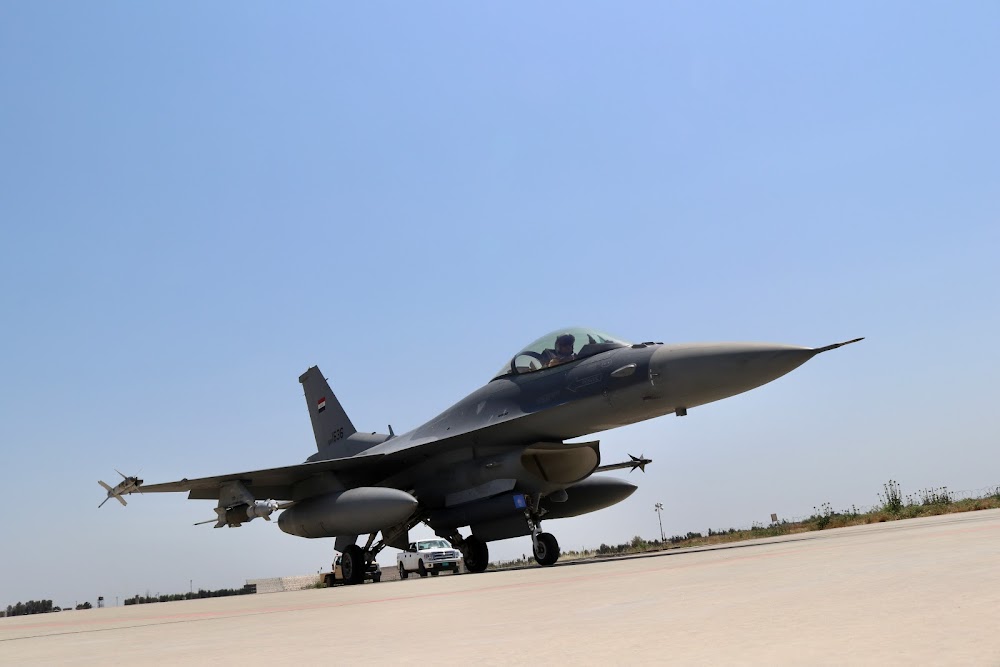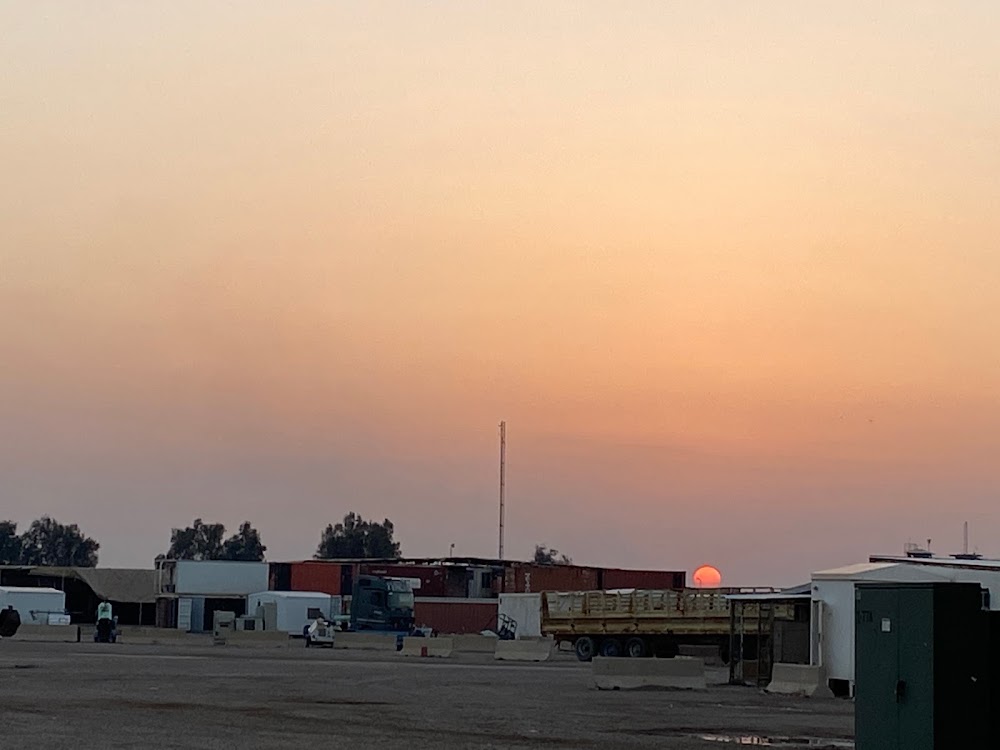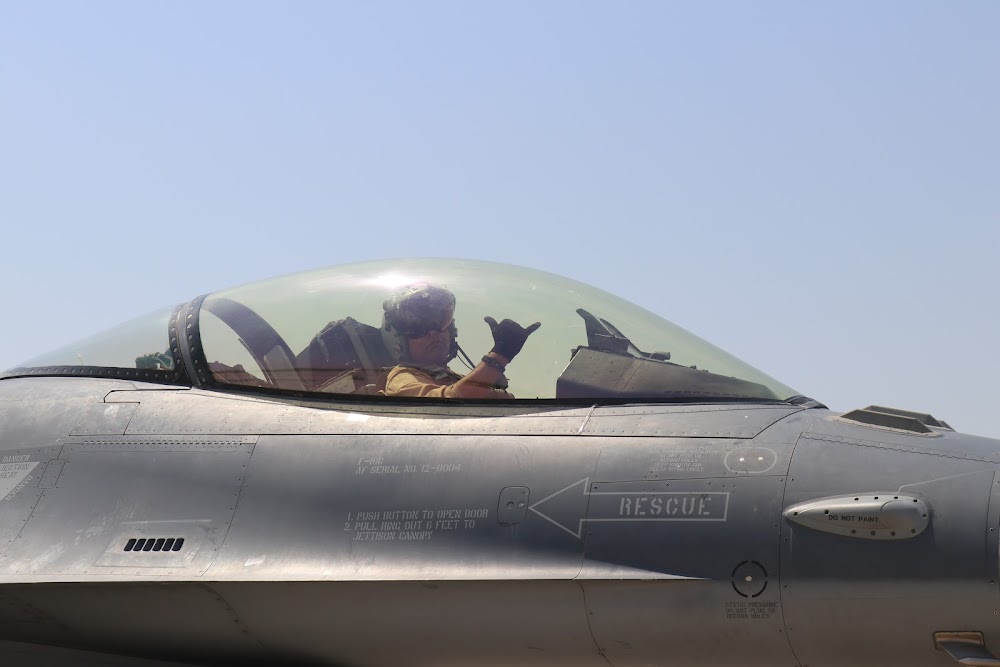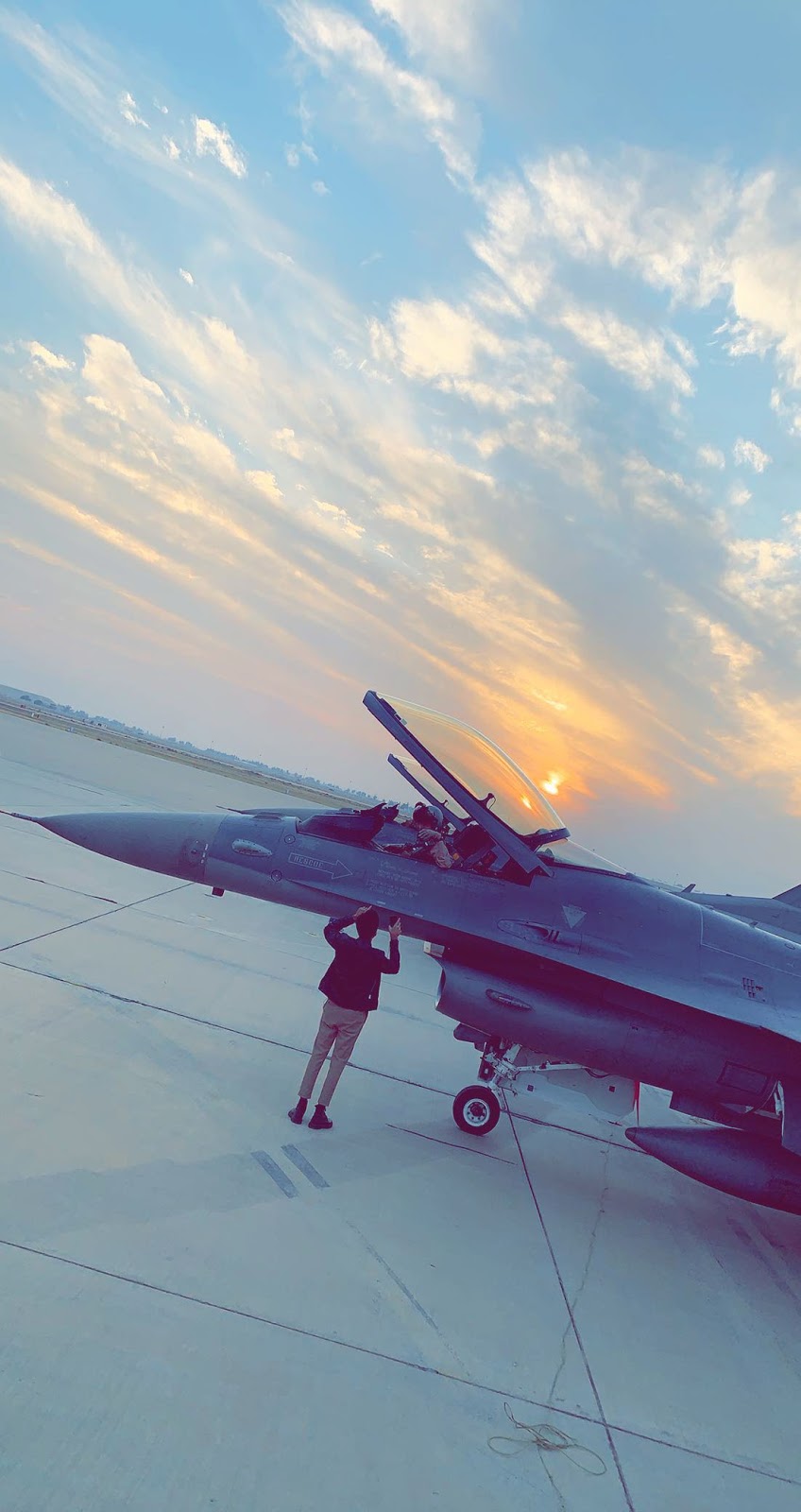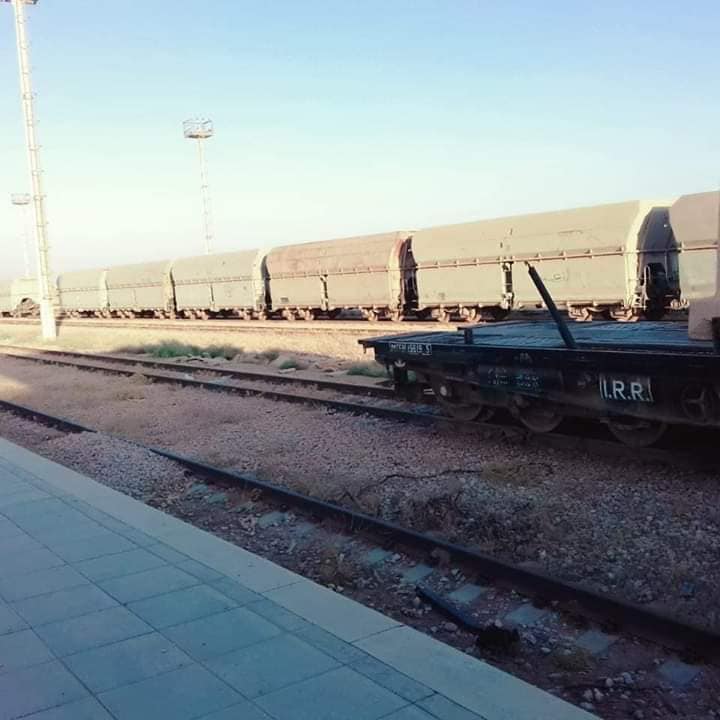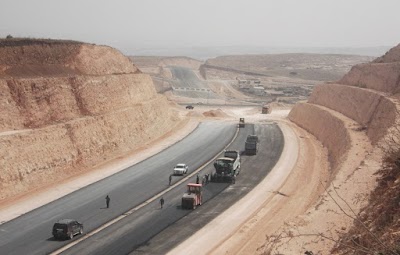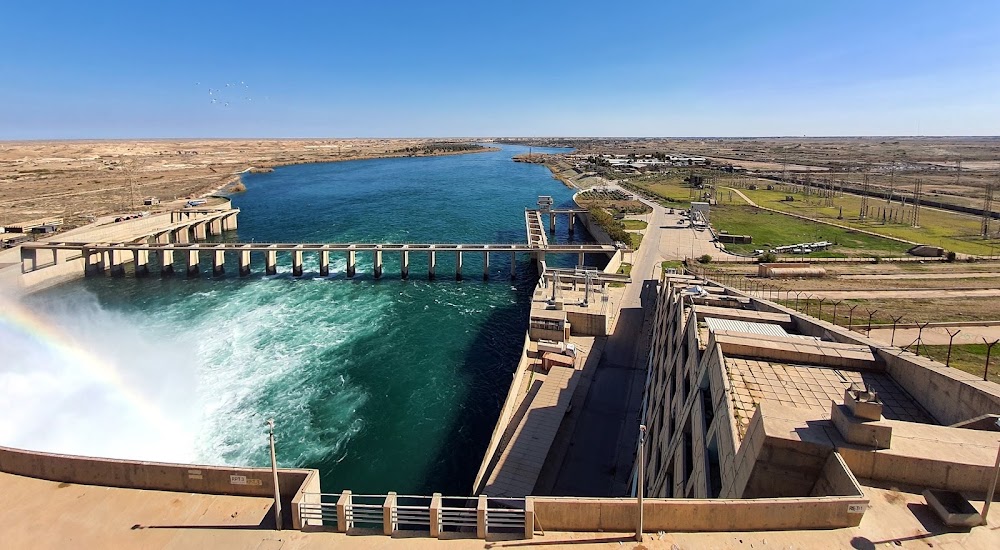Al-Obeidi Air Base (قاعدة العبيدي الجوية)
Overview
Located in the heart of Al Anbar, Iraq, **قاعدة البكر الجوية** (Al-Bakr Air Base), also known as Al-Obeidi Air Base, is a historically significant military installation. Constructed in the late 1970s and completed by the early 1980s during Saddam Hussein's regime, this airbase was named in honor of Ahmad Hassan al-Bakr, the President of Iraq prior to Hussein.
The **strategic purpose** of Al-Bakr Air Base was multifaceted. Its establishment was part of a broader initiative to enhance Iraq's military capabilities during a time of regional tensions and the urgent need for advanced military infrastructure. The design and construction of the airbase involved collaboration between Soviet and Western engineering experts, showcasing the complex geopolitical alliances that characterized Iraq during this era.
Strategically positioned near the borders of Syria and Jordan, the location of Al-Bakr Air Base offered Iraq a vital vantage point for both defensive measures and potential offensive operations. The isolation provided by the Anbar desert further contributed to a sense of security and secrecy for military activities, making it an ideal choice for such a critical installation.
The airbase complex itself is extensive, featuring **runways, aircraft shelters, barracks**, maintenance facilities, and command centers. Notably, the airbase was designed with large, heavily reinforced aircraft shelters to withstand potential aerial bombardments, ensuring the protection of Iraq's fleet of fighter jets and other military aircraft.
During the **Iran-Iraq War (1980-1988)**, Al-Bakr Air Base was pivotal to the Iraqi Air Force's operations, serving as a major launch point for airstrikes and reconnaissance missions targeting Iranian forces. After the war, the base remained essential for the Iraqi military, evolving into a training and operational hub.
In the Gulf War of 1991 and later during the U.S.-led invasion of Iraq in 2003, Al-Bakr Air Base found itself at the center of military action once again. Coalition forces targeted the installation due to its strategic significance, resulting in considerable damage. Following the 2003 invasion, the base was seized and repurposed by U.S. and coalition forces.
Under coalition control, Al-Bakr Air Base underwent refurbishment and was transformed into a logistical center supporting military operations throughout Iraq. It became a crucial hub for air missions, which included counter-terrorism efforts and support for ground forces.
In the years following the reduction of U.S. and coalition forces, control of Al-Bakr Air Base was returned to the Iraqi government. The Iraqi Air Force resumed operations at the facility, focusing on rebuilding its aerial capabilities and integrating newer aircraft through various international military agreements.
Today, Al-Bakr Air Base stands as a vital asset for the Iraqi Air Force. It continues to support a range of military functions, including **pilot training, aircraft maintenance**, and maintaining operational readiness. The airbase not only reflects its rich historical significance but also plays an ongoing role in Iraq's defense infrastructure.


